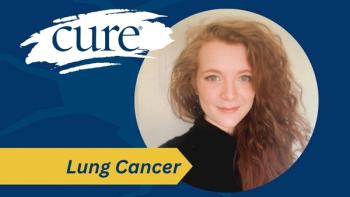
- Women's Cancers 2018
- Volume 1
- Issue 1
Finding Hope in Cancer's Aftermath
It can be difficult to fathom a cancer diagnosis, let alone even begin to think about the aftermath of the associated treatment. For many women, ending treatment is met with bone density issues, such as osteopenia and osteoporosis.
IT CAN BE DIFFICULT to fathom a cancer diagnosis, let alone even begin to think about the aftermath of the associated treatment. For many women, ending treatment is met with
It’s crucial for health care teams to understand each woman’s bone health status and risk of fractures before deciding on a course of treatment. Although this is a major concern, there are strategies to achieve better bone health such as eating foods that are high in calcium or adding an exercise regimen to the daily routine.
In this
Another feature introduces
Saving lives involves bringing the best and latest available therapies to patients. One of the ways to do so is through clinical trials. However, enrollment of women with gynecologic cancers has decreased in recent years. The
When clinical trials or other cancer-related studies present positive results, the data generally make its way to the mainstream media. The unfortunate result is news hype. Patients start to read headlines and stories that sound promising, but may actually be misleading or inaccurate. In the
Also in this issue, addressing sexual health concerns of patients and their partners, using blueberries to treat cervical cancer and seeing the new, better you after a cancer diagnosis. As always, thank you for reading.
MIKE HENNESSY, SR. Chairman and CEO
Articles in this issue
almost 8 years ago
Eliminating the 'Silent Killer' in Gynecologic Cancersalmost 8 years ago
HPV Status Linked to Overall and Disease-Free Survival in Vulvar Canceralmost 8 years ago
It's Complicated: Maintaining Healthy Bones Against All Oddsalmost 8 years ago
Behind the Hype: Navigating Cancer Newsalmost 8 years ago
Let's Talk About Sexual Intimacyalmost 8 years ago
Leaving No Stone Unturned in Ovarian Canceralmost 8 years ago
Carrying a Lonely Diagnosis



